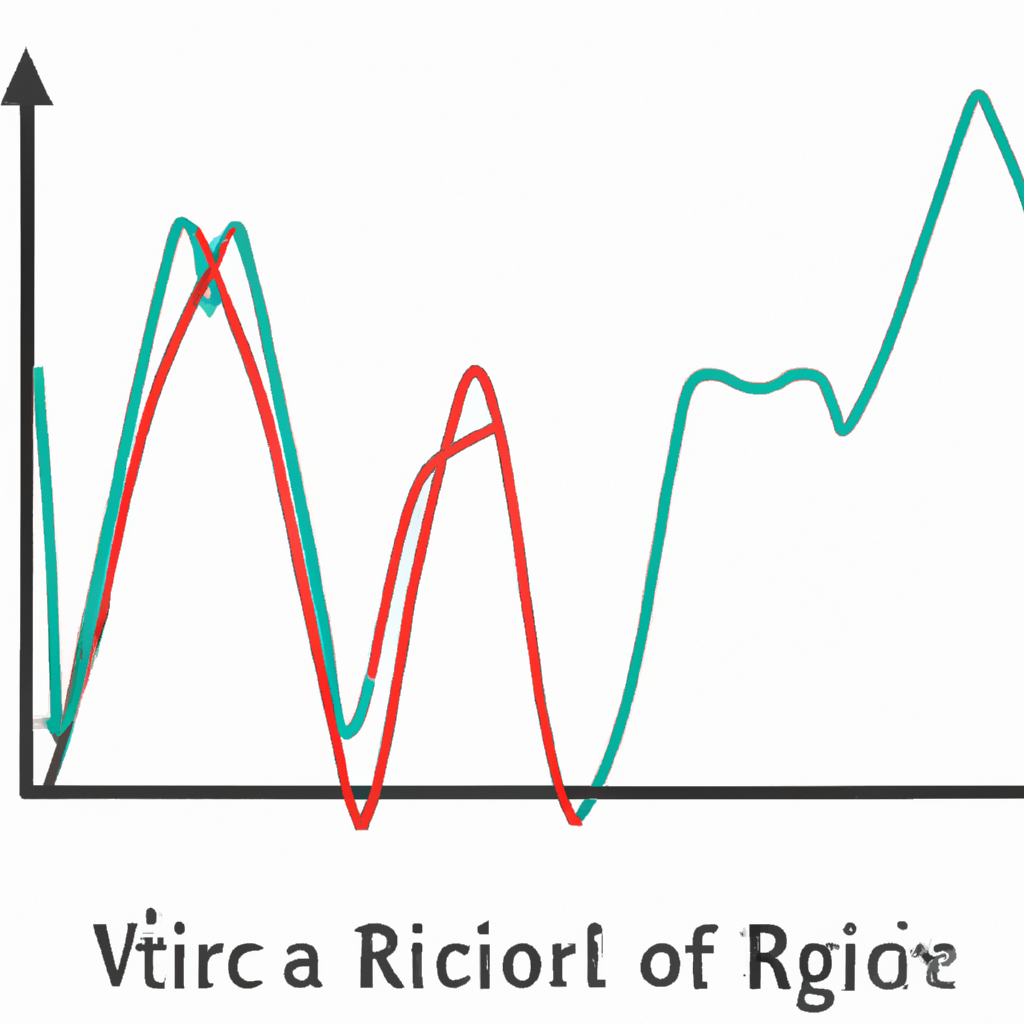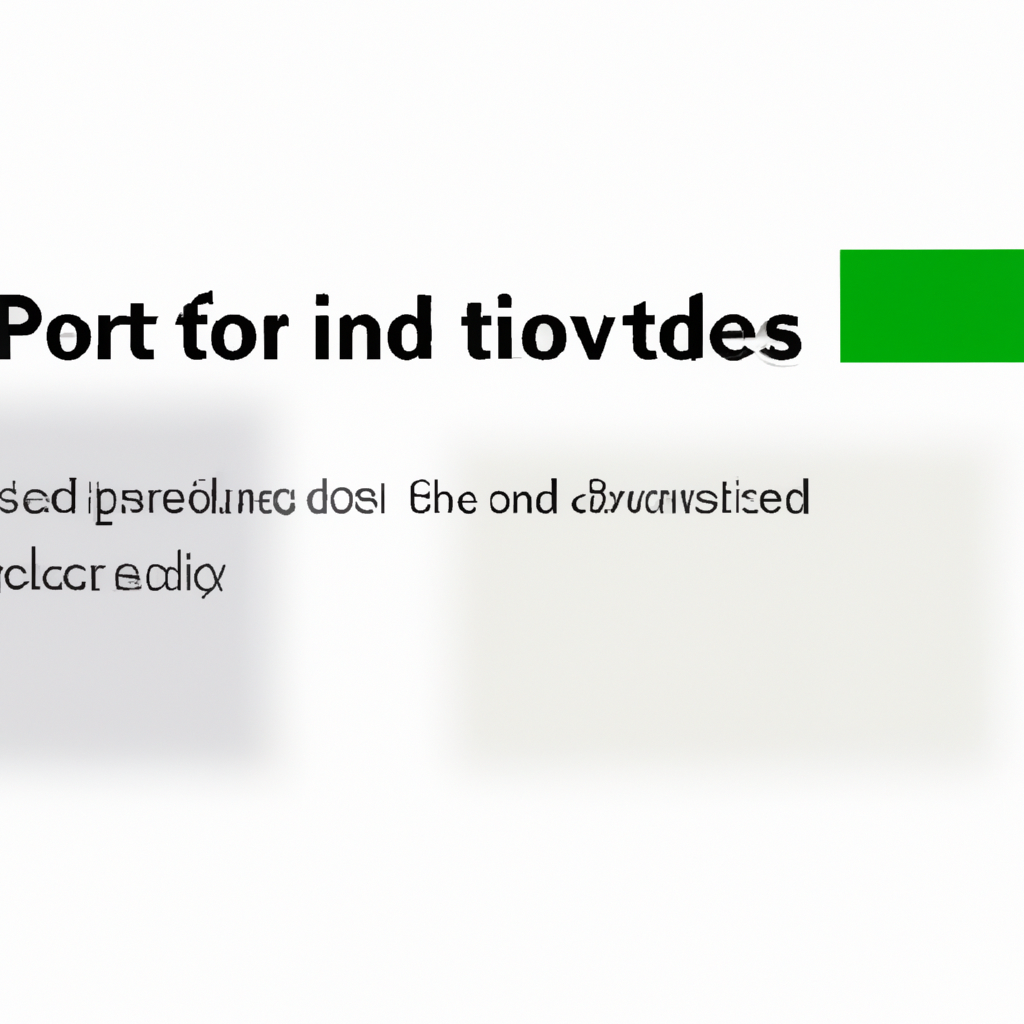Introduction to Relative Vigor Index (RVI)
When it comes to technical analysis in the financial markets, traders and investors often rely on a wide range of indicators to help them make informed decisions. One such indicator is the Relative Vigor Index (RVI). Developed by John Ehlers, the RVI is a popular momentum oscillator that measures the strength and direction of a trend. In this article, we will explore the usage of the Relative Vigor Index and how it can be incorporated into trading strategies.
Understanding the Relative Vigor Index
The Relative Vigor Index is based on the concept of comparing the closing price of an asset to its trading range. It aims to identify whether buyers or sellers are in control of the market. The RVI calculates the difference between the opening and closing prices and compares it to the trading range. The result is then smoothed using a moving average to generate the final RVI line.
Interpreting RVI Signals
Traders typically look for two main signals when using the Relative Vigor Index:
- Bullish Signal: When the RVI line crosses above its signal line, it indicates a potential bullish trend. This suggests that buyers are gaining strength, and it may be a good time to consider buying or holding a long position.
- Bearish Signal: Conversely, when the RVI line crosses below its signal line, it suggests a potential bearish trend. This indicates that sellers are gaining strength, and it may be a good time to consider selling or holding a short position.
It’s important to note that the RVI is not a standalone indicator and should be used in conjunction with other technical analysis tools to confirm signals and avoid false positives.
Incorporating RVI into Trading Strategies
The Relative Vigor Index can be used in various ways to enhance trading strategies. Here are a few common approaches:
1. Trend Confirmation
Traders often use the RVI to confirm the strength of a trend. When the RVI line is rising and above its signal line, it suggests a strong uptrend. Conversely, if the RVI line is falling and below its signal line, it indicates a strong downtrend. By using the RVI alongside other trend indicators, traders can gain more confidence in their trading decisions.
2. Divergence Analysis
Divergence occurs when the price of an asset and the RVI indicator move in opposite directions. This can signal a potential reversal in the current trend. For example, if the price is making lower lows while the RVI is making higher lows, it indicates bullish divergence. This could suggest that the selling pressure is weakening, and a trend reversal may be imminent.
3. Overbought and Oversold Conditions
The RVI can also be used to identify overbought and oversold conditions in the market. When the RVI line reaches extreme levels, such as above 70 or below 30, it suggests that the market may be due for a reversal. Traders can use this information to adjust their positions or consider taking profits.
Conclusion
The Relative Vigor Index is a valuable tool for traders and investors looking to gauge the strength and direction of a trend. By understanding how to interpret RVI signals and incorporating it into trading strategies, market participants can make more informed decisions and potentially improve their trading outcomes. However, it’s important to remember that no indicator is foolproof, and risk management should always be a priority when trading in the financial markets.



